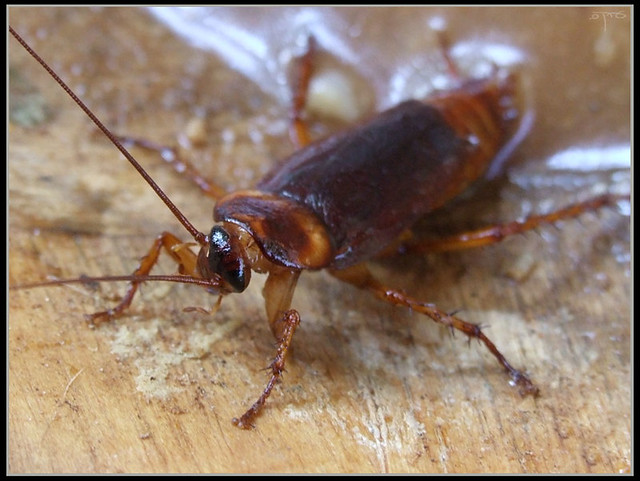Unfortunately, for women hoping to avoid pregnancy without risking the known dangers that are associated with hormonal contraceptives, few options exist other than the age old Rhythm Method or the use of condoms. Because our knowledge about the effectiveness and even safety of contraceptive herbs is largely anecdotal, there are a few things you should consider before trying one of these herbs as a method of birth control.
- How serious are you about preventing pregnancy? If you are at a point in your life that pregnancy is absolutely out of the question, you may not want to rely on any of these herbs for birth control. You can couple herbal contraceptives with rhythm methods or with the use of condoms (or both), but don't hope to use herbs alone to keep from getting pregnant.
- How well do you know your body? Women who have been on the Depo shot, the patch, or the pill for a period of time often find that they aren't as in tune with their own bodies as women who avoid hormonal contraception. In order for an herbal birth control method to work, you have to be able to tell when you are ovulating. Spend a few months getting more familiar with your body's cycles before you start herbal contraception, and use condoms in the meantime.
- How balanced are your hormones? As any naturalist will tell you, if you are using the pill to "balance your hormones" - to make your period more manageable, to fight acne, etc. - then you are simply masking the symptoms of unbalanced hormones rather than treating the underlying cause. Well-balanced hormones are important before you start taking herbs that could disrupt your hormones if taken incorrectly; if your hormones are out of whack already, you may miss the signs if you are doing something wrong.
Choosing the Herb You Want to Use
I personally have never used any of these herbs for contraception, so I can't vouch for the efficacy of any of them. If you choose to use herbal birth control, you will be experimenting with herbs that have been used for centuries but have little to no modern scientific evidence to back them up. It is so important for you to wait until you have been off of hormonal birth control or finished nursing for at least a few months before you start an herbal birth control regimen.
- Neem oil. Neem oil is being studied in India as a way to promote sterility in men. It works by immobilizing sperm, and can be taken orally by men every day or as a spermicide in women. While its safety as a contraceptive is still under dispute, it is also used to kill lice and scabies and improve skin and hair, among a number of other "miracle" uses.
- Seeds of Queen Anne's Lace. Also called wild carrot, Queen Anne's lace is a common weed throughout North America that you have probably seen lining a highway or even pulled from your garden. Its seeds can be made into a tea or tincture that can be taken as an emergency contraceptive - you don't have to take it every day for it to be effective. Make sure you get the white lacy plant with a hairy stem. Confuse it with its smooth-stemmed cousin, poison hemlock, and you could be facing a trip to the emergency room.
- Wild Yam. This may be a form of herbal contraception that you have heard of before. Wild yam has to be taken twice a day and never missed, and takes some time to really be effective. Even then, it may not be completely effective, so I would definitely recommend trying neem oil or Queen Anne's lace first.
- Pennyroyal. Make sure to use only the leaves and stems of the plant and not the oil - pennyroyal oil is super concentrated and can cause death. Make a tea with one teaspoon of the plant to one cup of water, and drink a few cups of this every day for no longer than six days. This concoction should help regulate your period in addition to preventing pregnancy - many women who use it report that their periods consistently start within a few days of starting the six-day regimen.
These are only a few of the herbs that are commonly used for birth control. There are lots of others, but many of them are difficult to make work or can be dangerous. Make sure you talk to a knowledgeable herbalist before you start any herbal birth control regimen. I am not a doctor or an herbalist, I am simply trying to help women become more informed about their options! Some of these herbs can have drug interactions. Keep in mind, too, that every herbal birth control method is best used in conjunction with the rhythm method.
If you have had any success (or failure!) with one of these herbs, or if you know of another herb that works well, leave a comment and let me know about it!


